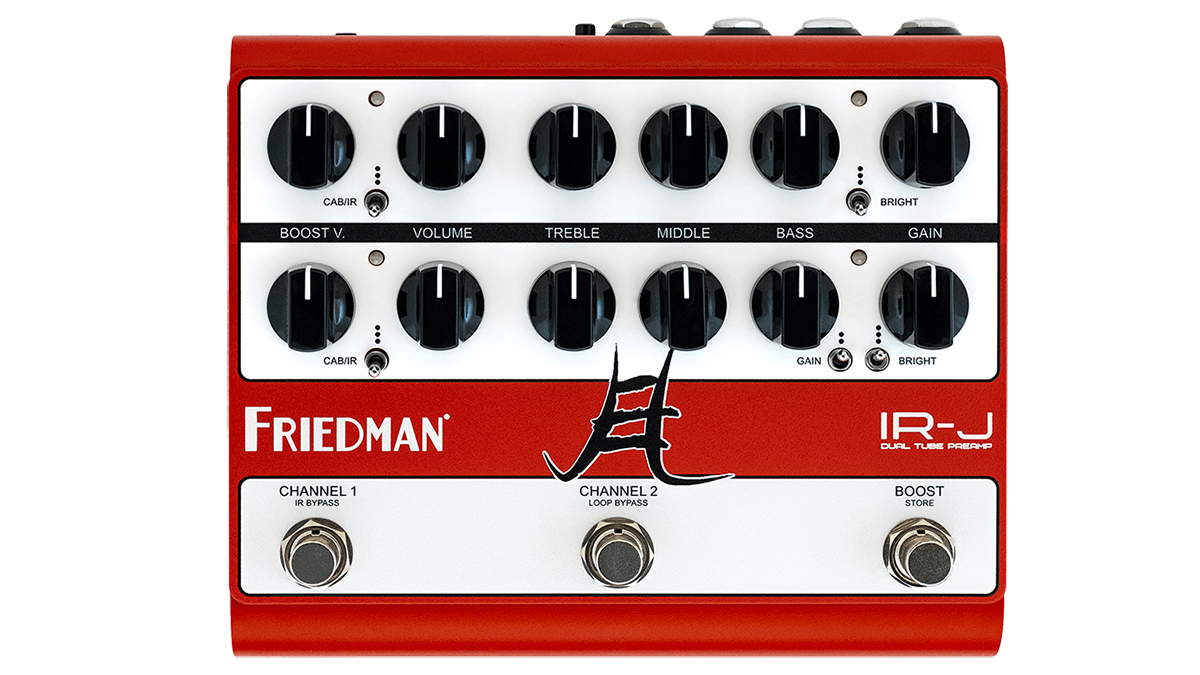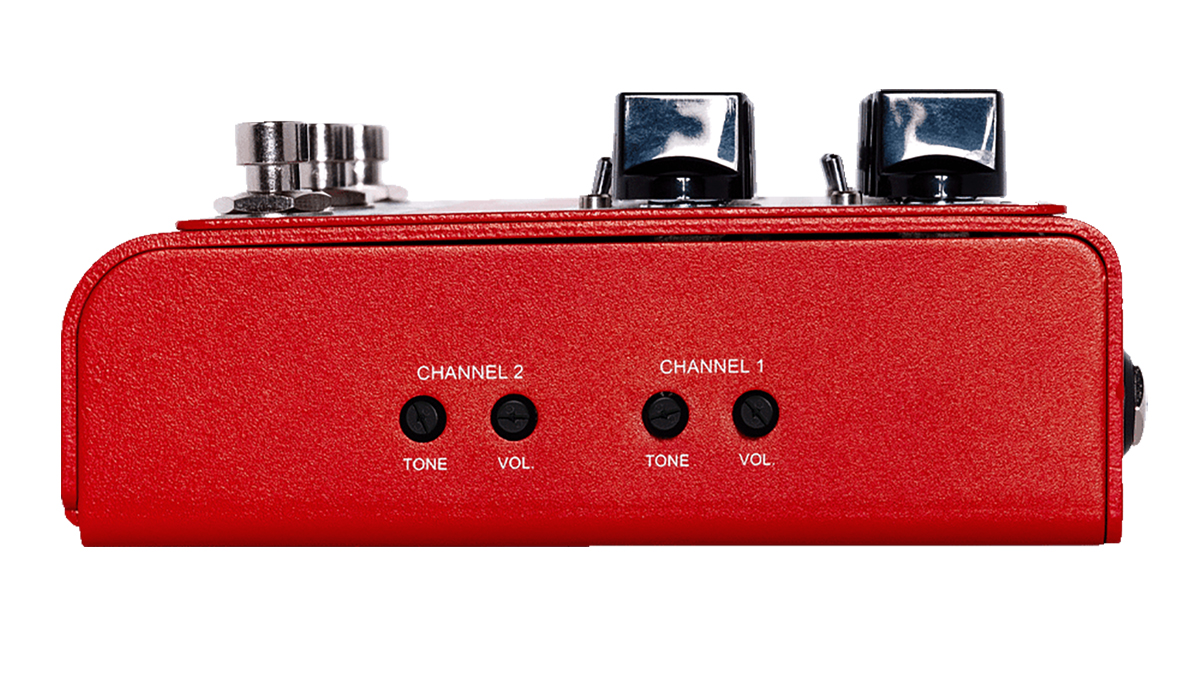“Lee embraced the athleticism of the ’80s while remaining rooted in the hard rock fundamentals of the ’70s”: Friedman and Jake E. Lee’s signature IR-J looks to deliver the guitar tones of “two great eras” in a single pedal amp

In the latest case of ‘company repackages an entire amp rig into a compact pedal’, Friedman has teamed up with Jake E. Lee to produce the IR-J.
Based on the pair’s previous collaborative release – and inspired by Friedman’s newly pioneered IR-D preamp form factor – the IR-J repurposes two of the former Ozzy Osbourne guitar player’s signature tube amps into a conveniently sized, footswitchable, pedalboard-friendly amp replacement.
Specifically, the IR-J features two channels based on the JEL-100 and JEL-20. The latter was released last summer, while the former arrived some time before that.
But there’s a little more to the story here, because both the JEL-20 and JEL-100 were themselves based on the Friedman-modded amps that Lee played at the peak of his playing powers: ’70s-era Plexis and some more aggressive amps heard during the 1980s.
That means, through its dual channel design, the IR-J effectively looks to deliver two decades’ worth of hard rock guitar tones.
With Channel 1, you get British-voiced cleans and a Plexi-style tone, while Channel 2 delivers a higher-gain JEL sound with an extra “percussive punch”.
These are both accessed by their own footswitches, with a final third switch serving as an independent TS style boost that can be tweaked via side-mounted Tone and Volume parameters.
Get The Pick Newsletter
All the latest guitar news, interviews, lessons, reviews, deals and more, direct to your inbox!
On the pedal itself, each channel gets its own strip of controls – Boost, Volume, Treble, Middle, Bass and Gain – as well as an assortment of toggles that access Bright voices, and Cab/IR options.
The IR-J comes loaded with some custom Lee-curated OwnHammer IRs, but more can be utilized via the Friedman editing software. It also boasts MIDI connectivity and an Effects Loop.


Under the hood, there is a pair of 12AX7 preamp tubes, which promise to help deliver “all the tone, response, gain characteristics, and harmonic complexity you expect from a Friedman design”.
“With Ozzy, his post-Ozzy band, Badlands and most recently, with his own group, Red Dragon Cartel, Lee’s playing embraced the athleticism of the ’80s while remaining firmly rooted in the hard rock fundamentals of the ’70s,” Friedman notes.
“Jake’s tonal choices provide the evolutionary glue between the sonics of those two great eras.”
“Dave has an innate understanding of where I’m coming from as a player and we’re alike in the way we hear tones,” Lee adds. “ I grew up in the ’70s and those muscular, articulate rock tones were the tones I always sought, but I made a name for myself in the ’80s when you needed a little more aggression and a little more scream.
“I’ve always tried to retain a little of that ’70s heart and I still do, and that’s what this preamp does – though it’s got plenty more on tap if you need it!”
The IR-J is available now for $599.
Visit Friedman for more.

Matt is the GuitarWorld.com News Editor. He has a Masters in the guitar, a degree in history, and has spent the last 16 years playing everything from blues and jazz to indie and pop. When he’s not combining his passion for writing and music during his day job, Matt records for a number of UK-based bands and songwriters as a session musician.









